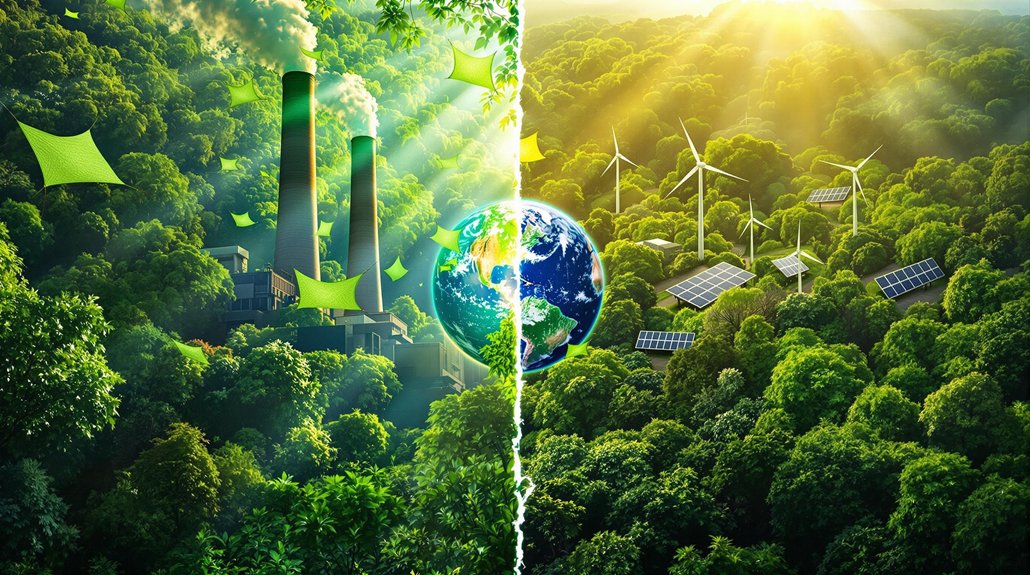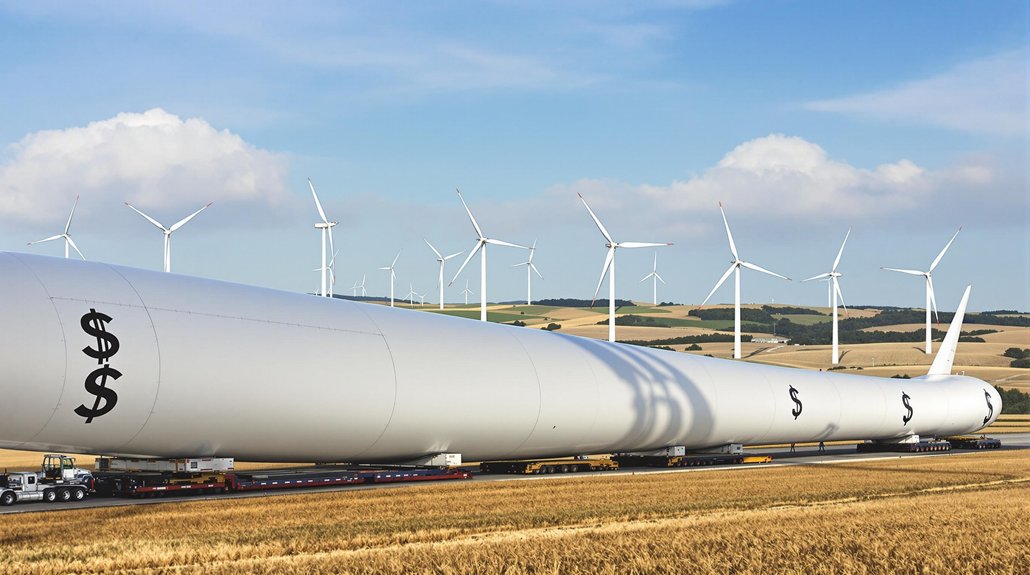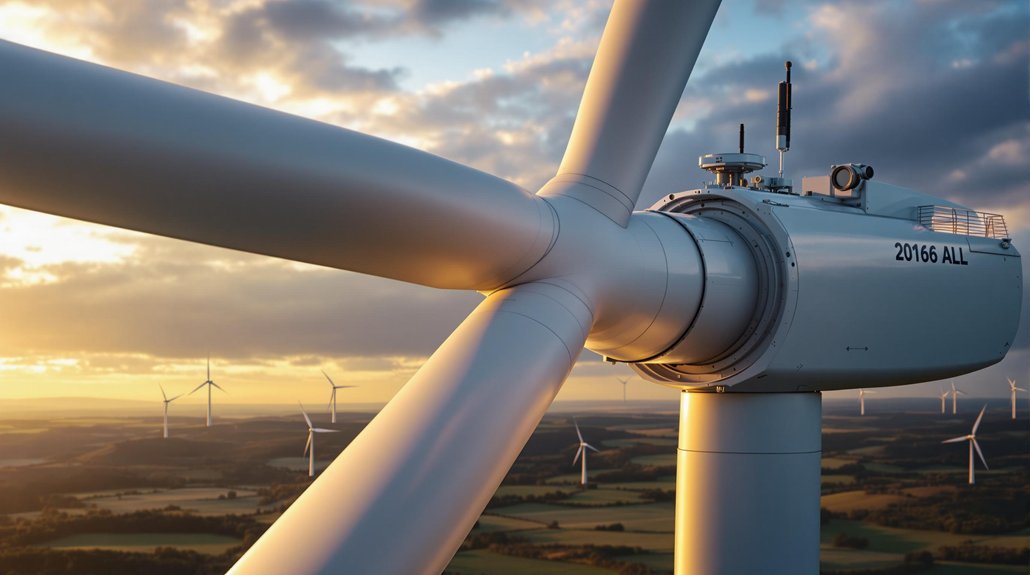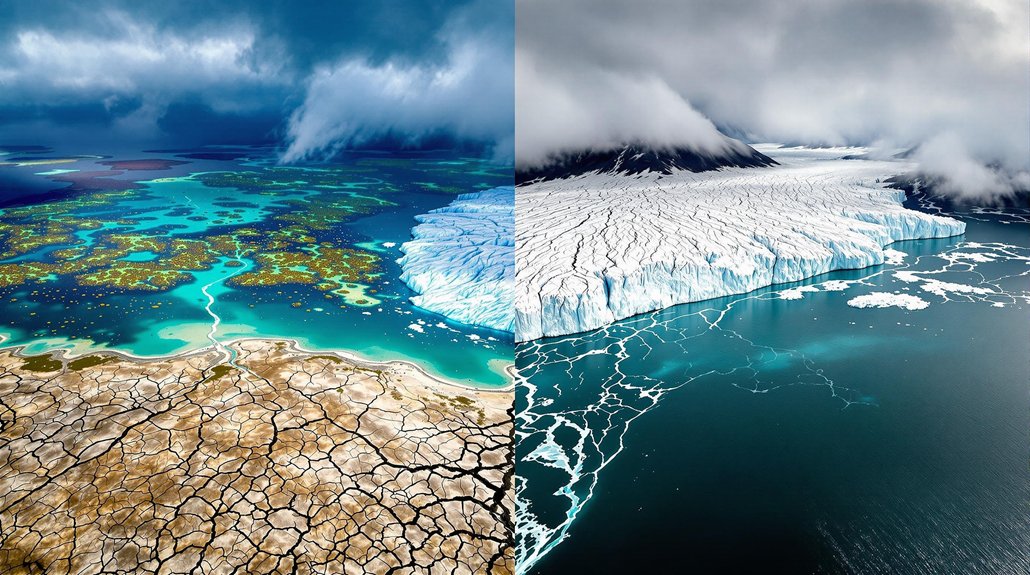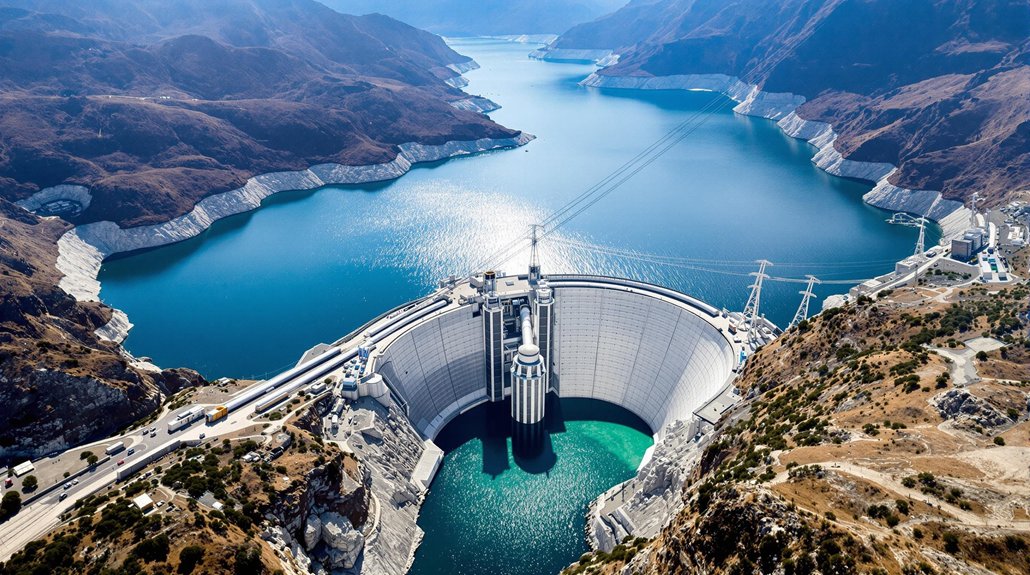Carbon offset companies help organizations reduce their environmental impact through greenhouse gas reduction projects. Leading firms include Carbon Streaming Corporation with its unique royalty model spanning 21 projects in 12 countries, DevvStream integrating blockchain technology for efficient transactions, and Base Carbon financing initiatives like Vietnam Household Devices. Other notable players are Brookfield Renewable Partners, TerraPass, and Verra. The market is growing rapidly as climate concerns intensify and companies seek sustainability solutions.
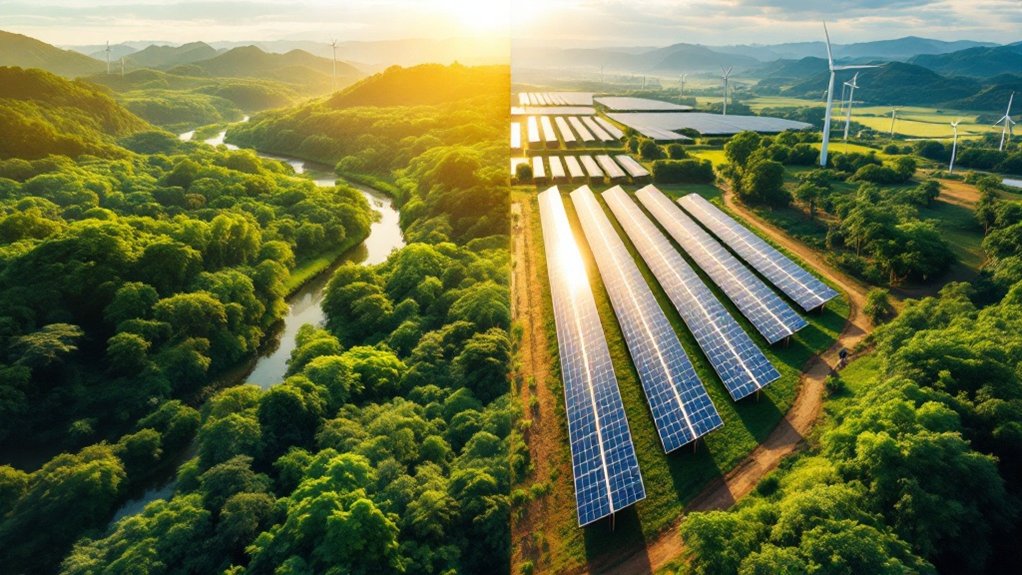
As climate change concerns grow, carbon offset companies are helping organizations reduce their environmental impact. These companies develop projects that remove or reduce greenhouse gases and sell credits representing these reductions to businesses looking to balance their emissions. These projects support net-zero emissions targets while providing alternative pathways for emissions reduction.
Carbon Streaming Corporation stands out with its unique streaming and royalty model. The company expects to issue credits from more than 10 projects by the end of 2025. Its portfolio includes 21 projects across 12 countries, with the Rimba Raya Biodiversity Project in Indonesia as its flagship initiative.
Carbon Streaming’s innovative business model spans the globe, with its Indonesian biodiversity initiative leading a diverse portfolio of climate solutions.
DevvStream combines green project financing with blockchain technology. Its ESG platform processes over 8 million transactions per second. The company has partnerships with Xpansiv and Devvio, giving it access to carbon credit marketplaces. DevvStream is targeting the carbon market that’s projected to grow 15 to 100 times by 2030.
Base Carbon finances high-quality voluntary carbon credit projects. Its two major initiatives are the Vietnam Household Devices and Rwanda Cookstoves projects. These initiatives offer sustainable energy infrastructure and contribute to emissions control. These aim to produce 34 million credits, reducing 3 million tonnes of CO2 annually. The company has strong insider ownership at over 36%. With the global carbon footprint at approximately 50 billion tons of CO2 annually, these offset initiatives are crucial for climate mitigation.
Brookfield Renewable Partners is a global leader in renewable energy with 24 GW of operational capacity and 11 GW in development. It has a track record of 16% average annual returns and offers a 5% dividend yield. The company’s focus on clean energy helps meet corporate decarbonization needs.
TerraPass offers carbon offset credits to individuals and businesses, supporting 42 registered projects. It uses multiple standards for verification and conducts reviews with accredited third parties.
Verra operates the Verified Carbon Standard program with 984 million total credits issued. It has 1,840 registered projects across agriculture, forestry, energy, and waste management sectors.
Natural Capital Exchange has created a forest carbon marketplace using its Basemap dataset, mapping 272 million acres of family-owned forests in the U.S. It’s partnering with Verra to certify carbon credits.
Frequently Asked Questions
How Do Carbon Offsets Impact Local Communities and Biodiversity?
Carbon offsets create mixed impacts on communities and biodiversity. They can generate local jobs, improve infrastructure, and preserve indigenous lands.
However, they sometimes displace populations and restrict resource access.
For biodiversity, offsets protect threatened ecosystems and create wildlife corridors, but may introduce monoculture plantations and invasive species.
The distribution of benefits isn’t always equal, and some projects prioritize profitable species over ecological importance.
Are Carbon Offset Purchases Tax-Deductible for Individuals or Businesses?
Carbon offset tax deductibility varies considerably.
For individuals, offsets aren’t typically deductible unless they’re donations to qualified 501(c)(3) nonprofits with itemized deductions.
Businesses may deduct offset purchases as ordinary business expenses if they’re related to operations.
The IRS doesn’t have specific rules for carbon offsets.
Tax treatment differs by country, and recent law changes affect eligibility.
For-profit company offsets generally don’t qualify for tax benefits.
How Long Do Different Types of Carbon Offset Projects Last?
Carbon offset projects vary widely in their lifespans.
Forestry projects often last the longest, with many running 20-100 years. Renewable energy projects typically operate for 20-50 years, with hydroelectric lasting up to 100 years.
Methane capture projects have shorter durations, generally 5-15 years, while livestock and rice cultivation projects may last just 1-10 years.
Energy efficiency initiatives usually run between 5-30 years, depending on the specific application.
Can Carbon Offsets Replace Direct Emissions Reduction Efforts?
Carbon offsets can’t replace direct emissions reduction efforts.
Experts recommend companies cut 90% of emissions directly, using offsets for only 10%. Offsets fund climate projects elsewhere but don’t address pollution at its source.
They’re meant for hard-to-abate emissions only. Quality varies widely between offset projects, with only 6% of forest offsets proving valid.
Direct cuts address the root cause and drive innovation.
How Are Carbon Offset Prices Determined in the Marketplace?
Carbon offset prices are set by market forces of supply and demand. Prices vary based on project quality, with removal projects costing more than avoidance projects.
Nature-based solutions often command premium prices, especially with co-benefits like biodiversity. Location, verification standards, and vintage year also affect pricing.
Trading mechanisms, including brokers and exchanges, influence price discovery. Market expectations of future scarcity can drive current prices higher.
